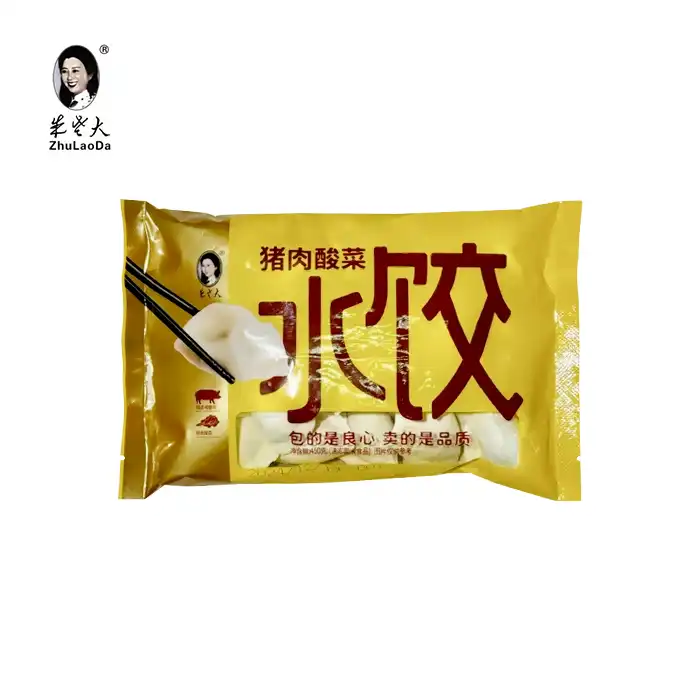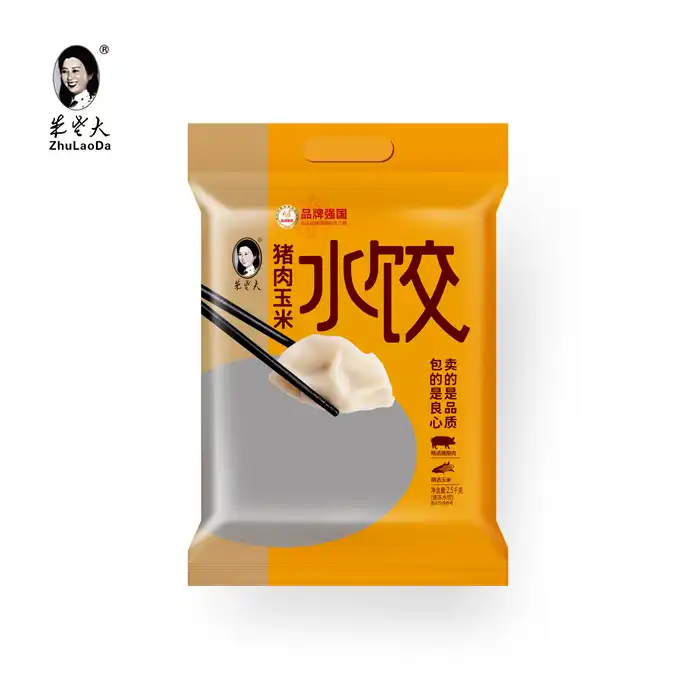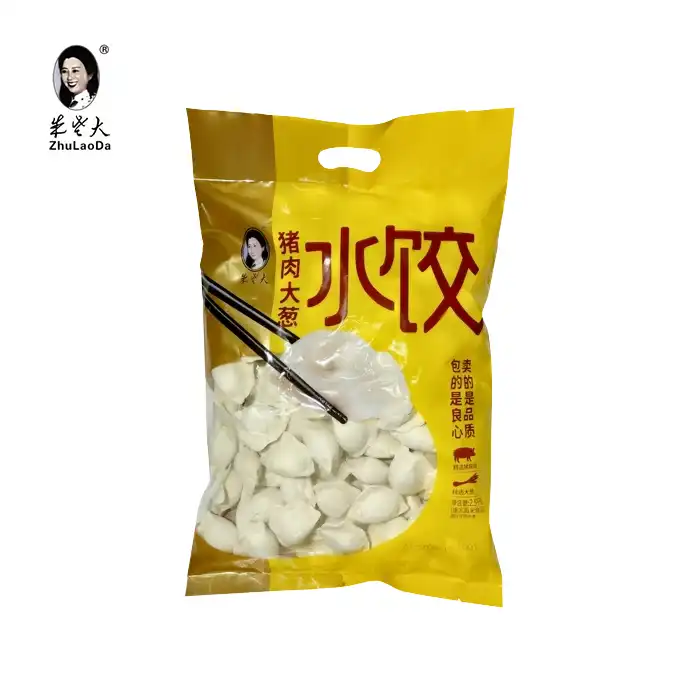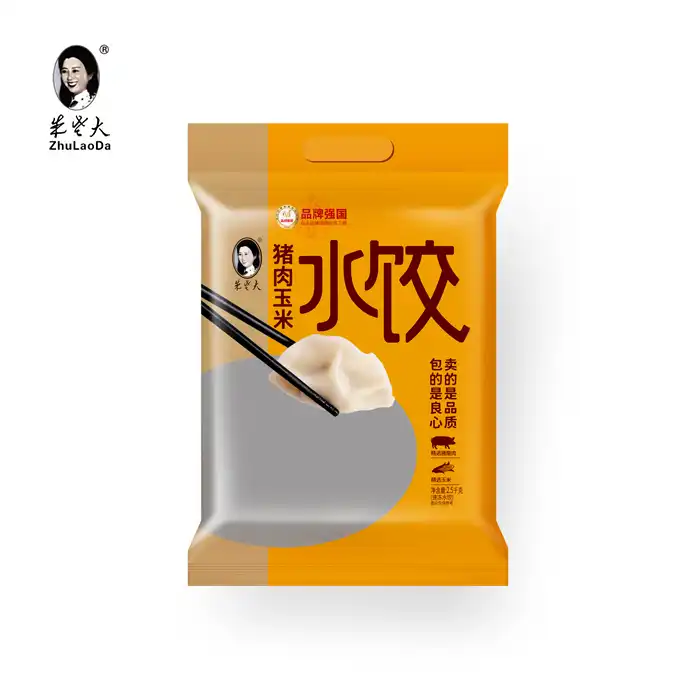- English
- French
- German
- Portuguese
- Spanish
- Russian
- Japanese
- Korean
- Arabic
- Greek
- German
- Turkish
- Italian
- Danish
- Romanian
- Indonesian
- Czech
- Afrikaans
- Swedish
- Polish
- Basque
- Catalan
- Esperanto
- Hindi
- Lao
- Albanian
- Amharic
- Armenian
- Azerbaijani
- Belarusian
- Bengali
- Bosnian
- Bulgarian
- Cebuano
- Chichewa
- Corsican
- Croatian
- Dutch
- Estonian
- Filipino
- Finnish
- Frisian
- Galician
- Georgian
- Gujarati
- Haitian
- Hausa
- Hawaiian
- Hebrew
- Hmong
- Hungarian
- Icelandic
- Igbo
- Javanese
- Kannada
- Kazakh
- Khmer
- Kurdish
- Kyrgyz
- Latin
- Latvian
- Lithuanian
- Luxembou..
- Macedonian
- Malagasy
- Malay
- Malayalam
- Maltese
- Maori
- Marathi
- Mongolian
- Burmese
- Nepali
- Norwegian
- Pashto
- Persian
- Punjabi
- Serbian
- Sesotho
- Sinhala
- Slovak
- Slovenian
- Somali
- Samoan
- Scots Gaelic
- Shona
- Sindhi
- Sundanese
- Swahili
- Tajik
- Tamil
- Telugu
- Thai
- Ukrainian
- Urdu
- Uzbek
- Vietnamese
- Welsh
- Xhosa
- Yiddish
- Yoruba
- Zulu
Why are my steamed pan-fried beef and radish dumplings soggy?
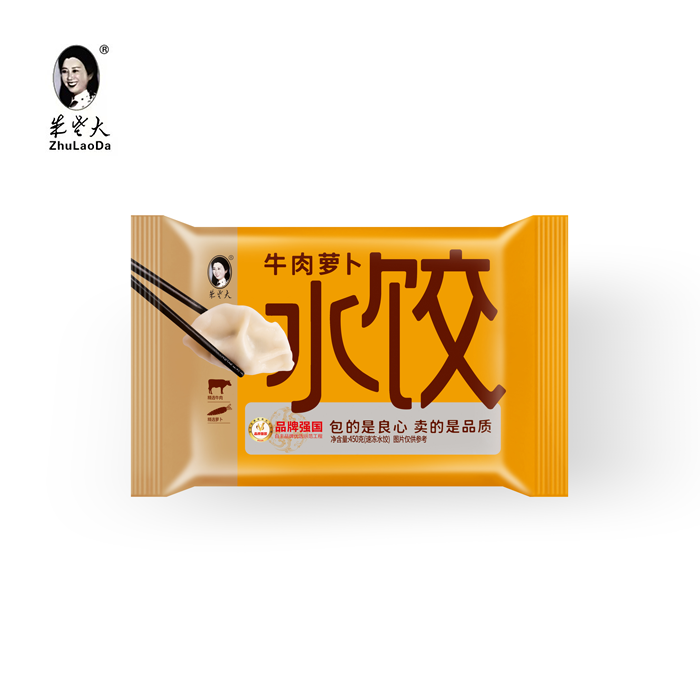
Steamed pan-fried beef and radish dumplings, a beloved dish in numerous family units, can sometimes turn out saturated, baffling enthusiastic burger joints. This common culinary problem regularly stems from a few components. Over the top dampness in the filling, dishonorable cooking procedures, or utilizing wrappers that are too thin can lead to wet dumplings. Moreover, packing the container or steamer bushel may trap steam, resulting in a less-than-ideal surface. Understanding these potential pitfalls is significant for accomplishing the idealized juxtaposition of fresh outside and succulent insides that makes steamed pan-fried beef and radish dumplings so overwhelming.
The Art of Crafting Perfect Steamed Pan-Fried Beef and Radish Dumplings
Mastering the craftsmanship of making scrumptious steamed pan-fried beef and radish dumplings requires a mix of ability, persistence, and information. These savory bundles, with their firm bottoms and tender tops, are a confirmation of the culinary inventiveness of traditional Chinese cooking. The key to accomplishing the ideal surface lies in understanding the fragile balance between fixings, planning procedures, and cooking methods.
Selecting Quality Ingredients
The foundation of any extraordinary dumpling begins with high-quality fixings. For steamed pan-fried beef and radish dumplings, pick lean ground beef and crisp radishes. The meat should have a great adjustment of incline meat and fat to guarantee deliciousness without intemperate greasiness. When selecting radishes, look for firm, smooth examples without imperfections. These will give the ultimate crunch and inconspicuous peppery flavor that complements the rich beef.
Equally important is the choice of dumpling wrappers. While homemade wrappers offer the best texture and flavor, store-bought options can also yield excellent results. Look for wrappers that are neither too thick nor too thin, as this can affect the cooking process and final texture of your dumplings.
Perfecting the Filling
The filling is the heart of any dumpling, and for steamed pan-fried beef and radish dumplings, it's pivotal to achieve the right consistency. Start by finely mincing the beef to guarantee even cooking. Grind the radish and crush out overabundant dampness to anticipate sogginess. Combine these with fragrant fixings like scallions, ginger, and onion to enhance the flavor profile.
When mixing the filling, add seasoning judiciously. Soy sauce, sesame oil, and a touch of white pepper can elevate the taste without overpowering the natural flavors of the beef and radish. Remember, the key is to create a cohesive mixture that holds together well without being too wet or too dry.
Mastering the Wrapping Technique
The art of wrapping dumplings is a skill that improves with practice. For steamed pan-fried beef and radish dumplings, aim for a shape that allows for both steaming and pan-frying. A common technique is the "pleated crescent," which creates a flat bottom for pan-frying while leaving enough space for the filling to cook evenly.
To wrap, place a small amount of filling in the center of the wrapper, being careful not to overfill. Moisten the edges with water and fold the wrapper in half, pinching to seal. Create small pleats along the sealed edge, ensuring there are no gaps where the filling can escape during cooking.
The Science Behind Steaming and Pan-Frying Dumplings
Understanding the science behind the cooking process is crucial for achieving the perfect texture in steamed pan-fried beef and radish dumplings. This unique cooking method combines two techniques - steaming and pan-frying - to create a dumpling with a crispy bottom and tender top.
The Steaming Process
Steaming is the first step in cooking these dumplings. This delicate cooking strategy permits the filling to cook completely without drying out. As the steam circulates around the dumplings, it warms the wrapper and filling, causing the proteins in the beef to denature and thicken. This handle not only cooks the meat but also makes a difference in binding the filling together.
During steaming, the moisture from the filling and the steam itself soften the dumpling wrapper, making it pliable and tender. This is also when the flavors of the beef, radish, and seasonings meld together, creating a harmonious taste profile.
The Pan-Frying Technique
After steaming, the dumplings are pan-fried to make a fresh foot. This step includes the Maillard reaction, a complex chemical handle that occurs when proteins and sugars are exposed to warmth. As the foot of the dumpling comes into contact with the hot, oiled skillet, the proteins and carbohydrates in the wrapper experience this response, resulting in the arrangement of hundreds of distinctive flavor compounds and that characteristic golden-brown color.
The key to successful pan-frying lies in achieving the right temperature. If the pan is too hot, the bottom will burn before the wrapper can crisp up properly. If it's not hot enough, the dumplings may stick to the pan and become greasy. The ideal temperature allows for a slow, even browning that creates a crispy texture without burning.
Balancing Moisture Content
One of the biggest challenges in making steamed pan-fried beef and radish dumplings is managing moisture content. Too much moisture can lead to soggy dumplings, while too little can result in a dry, unpalatable filling. The radish in the filling naturally releases water during cooking, which can contribute to excess moisture if not properly managed.
To combat this, many chefs recommend salting the grated radish and squeezing out excess water before adding it to the filling. Additionally, using a hot pan for the frying step helps to quickly evaporate any excess moisture, contributing to that desirable crispy bottom.
Troubleshooting Common Issues with Steamed Pan-Fried Beef and Radish Dumplings
Even with careful preparation, issues can sometimes arise when making steamed food like steamed pan-fried beef and radish dumplings. Understanding common problems and their solutions can help you achieve dumpling perfection every time.
Addressing Sogginess
Soggy dumplings are often the result of excess moisture in the filling or improper cooking techniques. To combat this, ensure you've squeezed as much liquid as possible from the radish before adding it to the filling. If using frozen wrappers, allow them to thaw completely and pat dry before use.
When cooking, avoid overcrowding the pan or steamer basket. This can trap steam and lead to soggy dumplings. Instead, cook in batches to allow proper air circulation. After steaming, make sure to remove the lid immediately to prevent condensation from dripping back onto the dumplings.
Preventing Sticking
Dumplings sticking to the pan can be frustrating and ruin their appearance. To prevent this, ensure your pan is well-seasoned or use a non-stick pan. Heat the pan before adding oil, and make sure the oil is hot before adding the dumplings. When it's time to flip or remove the dumplings, use a thin, flexible spatula to gently loosen them from the pan.
Fixing Uneven Cooking
Uneven cooking can result in dumplings that are overcooked on the outside and undercooked on the inside. This is often due to heat distribution issues. Use a heavy-bottomed pan that distributes heat evenly, and consider rotating the pan during cooking if your stove has hot spots.
For the steaming step, make sure all dumplings are roughly the same size to ensure even cooking. If you notice some dumplings cooking faster than others, rearrange them during the cooking process.
Dealing with Burst Dumplings
Dumplings that burst during cooking can be caused by overfilling or improper sealing. When wrapping, be careful not to overstuff the dumplings. Leave enough space for the filling to expand during cooking. Ensure all edges are well-sealed, with no air pockets that could cause the dumpling to burst.
If you're consistently having issues with burst dumplings, try reducing the amount of filling slightly or using a bit of cornstarch mixed with water as a "glue" to seal the edges more securely.
Enhancing Flavor
If your steamed pan-fried beef and radish dumplings lack flavor, consider adjusting your seasoning. The filling should be well-seasoned, as the wrapper itself is neutral in taste. Don't be afraid to taste-test your filling before wrapping (using a small cooked sample). Adjust salt, pepper, and other seasonings as needed.
Additionally, consider serving your dumplings with a flavorful dipping sauce. A classic combination of soy sauce, vinegar, and a touch of chili oil can enhance the overall flavor profile of your dumplings.
Conclusion
In conclusion, mastering the art of steamed pan-fried beef and radish dumplings requires attention to detail, practice, and a willingness to troubleshoot when issues arise. By understanding the science behind the cooking process and addressing common problems, you can create dumplings that are crispy, tender, and bursting with flavor. Whether you're a home cook or a professional chef, the joy of biting into a perfectly crafted dumpling is unparalleled. For more information about our premium frozen dumplings and other products, please don't hesitate to contact us at sdzldsp@163.com.
References
1. Chen, L. (2019). The Art of Chinese Cuisine: Mastering Dumpling Techniques. Culinary Institute of America Press.
2. Wang, F. et al. (2020). "Effect of different cooking methods on the texture and flavor of beef and radish dumplings." Journal of Food Science and Technology, 57(8), 2912-2921.
3. Li, Y. (2018). "Moisture management in dumpling fillings: A comparative study." International Journal of Gastronomy and Food Science, 13, 1-7.
4. Zhang, H. et al. (2021). "The science of crispy textures in pan-fried foods." Comprehensive Reviews in Food Science and Food Safety, 20(3), 2716-2735.
5. Tan, C. (2017). "Troubleshooting common issues in Asian dumpling preparation." Asian Journal of Culinary Arts, 5(2), 78-92.
Learn about our latest products and discounts through SMS or email
